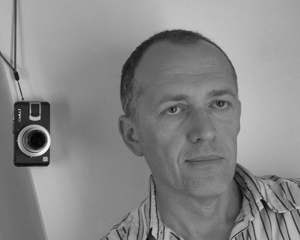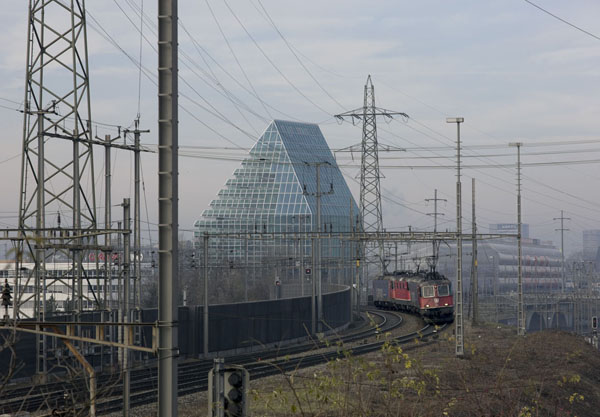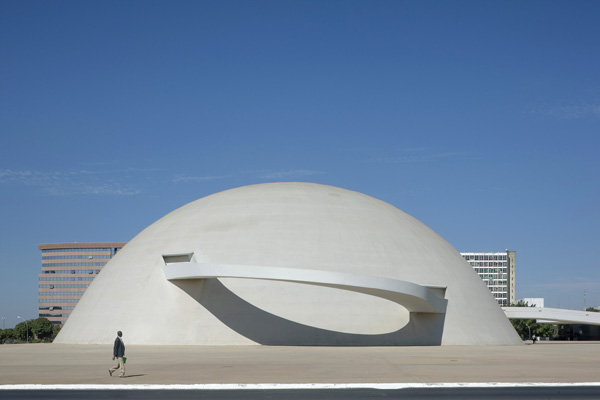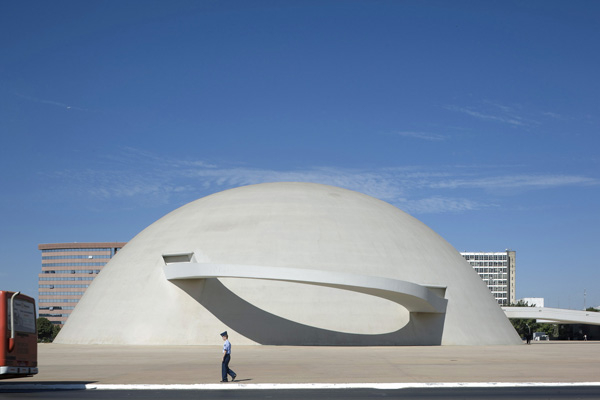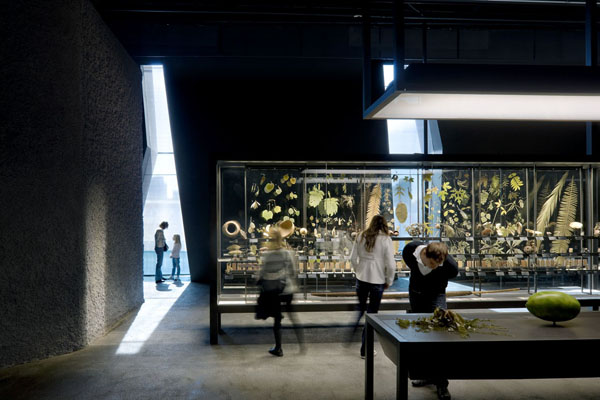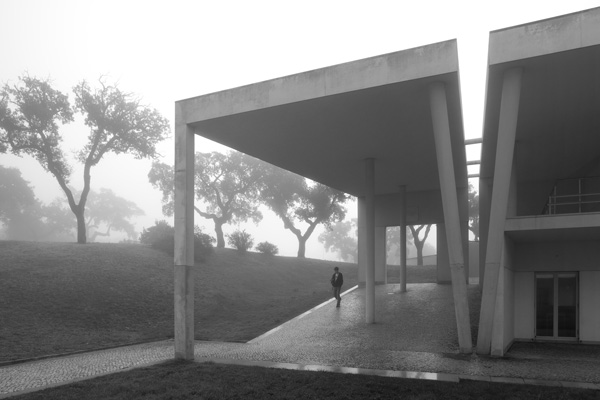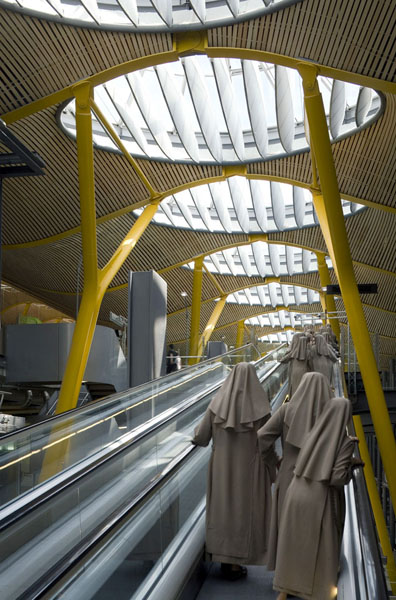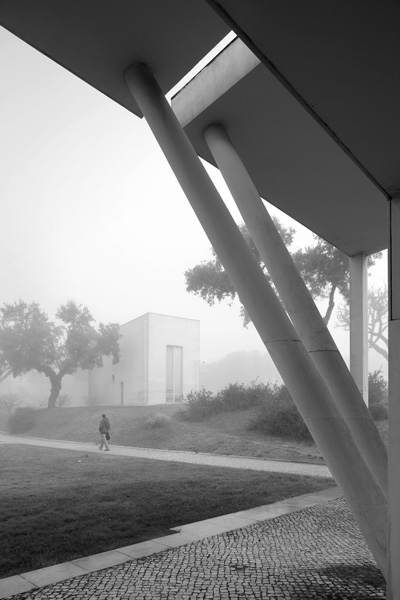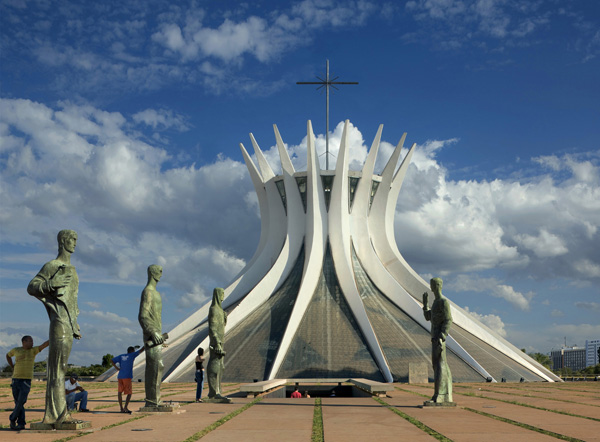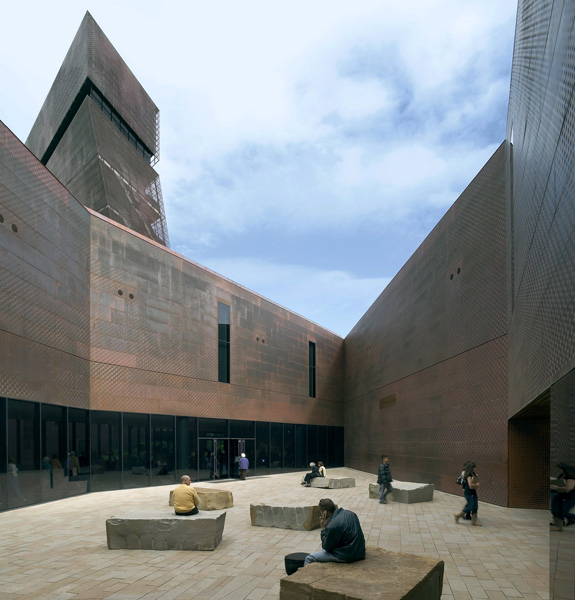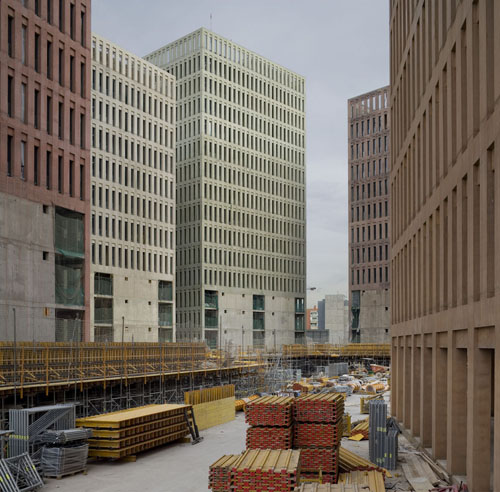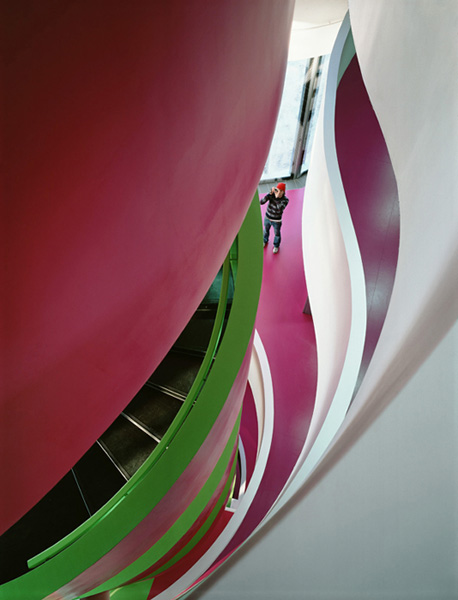Born in La Spezia (Italy) in 1960, Duccio Malagamba studied architecture in Genoa and then moved to Barcelona (Spain) to work as an architect. After a short experience in a few architectural firms, he joined the renowned office Martorell-Bohigas-Mackay Arquitectos, where he led the winning team for the “Un Progetto per Siena” international competition.
In 1989 he won a scholarship granted by the “CNR” (Italian National Research Centre), for a research on Spanish Contemporary Architecture. To carry out this study he took up his youthful interest in photography. As a result of this research he received several commissions by renowned Spanish architectural firms, after which, in 1991, he decided to devote himself entirely to architectural photography.
Without leaving aside his work as a photographer, from 1995 to 1996 he was the Technical Editor in the Spanish magazine ‘Diseno Interior’ and from 1999 till 2008 he was in charge of the architectural section ‘Gran Formato’. Along with his regular activity, Duccio Malagamba is also the author of various articles on photography and architecture.In these 20 years of professional experience in architectural photography Duccio has participated in several exhibitions, lectures, and juries. He collaborates with prestigious architects like Alvaro Siza, Herzog & de Meuron, Rafael Moneo, EMBT, and Coop-Himmelb(l)au, among many others. His photographs are featured in major specialized magazines and publishing houses worldwide.
For Duccio Malagamba the only way to know a building is by visiting it, therefore his interest in architectural photography does not lay in its –furthermore arguable– ‘documenting’capacity. From his point of view its real interest is other than that: the instinctive tendency to think that what a viewer sees in a photo exists the way he sees it. This gives the possibility to emphasize the strong points of the portrayed intervention, suggesting, stimulating, and arousing curiosity. In a word, for Duccio the major task of an architectural photographer is to inspire the observer rather than being concerned about his objectivity.
He photographs with studied concentration, analyzing the subject slowly and meticulously. The results are ‘architectural reportages’ - rather than a series of separate shots – that aim to transmit a complex range of emotions, experiences and thoughts and are intended to provide a full, multi-faceted view that ‘tells’ the viewer about the building.
INTERVIEW
What is architecture for you?
Since I'm basically an urbanite, architecture is the environment in which my life runs, both from a professional and a personal standpoint. Good architecture thrills me, intrigues me, concerns me, fascinates me... These feelings are so intense that I began to feel the desire to transmit them to others. Photography is the way I've found to do it.
Frequent human presence in your photos makes me wonder whether you want to praise the majesty of the depicted architecture or you want to pointthe human substance of the building.
The trait which fundamentally distinguishes architecture from other fine arts is its utilitarian use… sometimes we forget that we are not dealing with large-scale empty sculptures... The famous Adolf Loos sentence: The artwork is a private matter for the artist. The house is not. concisely explains why I am so interested in having real people in my pictures. Nobody can discuss that the built environment has the power to condition us and it is important to show the way we interact with it.
The translation of the complex multisensorial experience of a real visit into photography’s two dimensions is an impossible task. Nevertheless the human presence could help to point out and transmit some of the qualities of a specific space or architecture. That is why I always try to photograph the buildings in operation and in touch with real life. For many reasons this is not always possible, but I resist to surrender to the easiness and advantages of empty spaces or hired models.
Which architects do you appreciate?
There are many architects that I like, some of them with my brain and some of them with my heart. In fact, I feel intellectually closer to architects respectful with the context and concerned about the users, but I also feel fascinated by innovative and gifted authors despite of some selfishness they often show. Experience, passion, talent and commitment are definitely the perfect mix I look for… Said that, if you want me to mention just a name, I would say: Alvaro Siza.
What have been your most exciting and challenging architecture photography projects?
This is a difficult question. In some way every assignment is a challenge, sometime because the project is not so brilliant and you have to squeeze it to get something interesting, sometime because the intervention has already been portrayed by several colleagues and you have to try to outperform them, sometime because of the weather conditions, the problems on site, the lack of collaboration of the owners or the users…
No doubts, it is very exciting to face an important building by an admired architect, but in a different way is also exciting to assume the responsibility of introducing a small intervention by a young architect to our specialized world.
Which one is your favorite photograph - either that you have taken, or that you have seen?
My opinion is that when talking about architectural photography it is better to focus on series of images more than on single photographs. A lucky shot is accessible to many, while an analysis in deep of a project is reserved to educated and patient eyes. In any case this does not mean that you cannot take memorable stand-alone architecture photographs, as some Andreas Gursky’s or Gabriele Basilico’s images demonstrate.
Do you want to mention some photographers you do admire?
I have just mentioned two of them, but I could add several more: Thomas Ruff, Ezra Stoller, Bernt & Hilla Becher, Cartier-Bresson, Richard Avedon, August Sander, Paul Strand, Ansel Adams… These are just the first names coming to my mind and of course there are many others, but in any case I have not a clear and direct reference that inspires my work.
What is the power of photography?
In my opinion the power of photography is related to the instinctive reaction we have when looking at a picture: we irrationally believe that what we are seeing is real and that it is exactly the way we are seeing it. Of course, I am not talking here of heavily retouched and manipulated images, I am just referring to documental photography.
It is true that the digital culture that surrounds us has undermined our blind faith in the unquestionable objectivity of photography, but it is also true that, at first, we are still quite confident about what our eyes are seeing. This confidence is a formidable instrument in the hands of an expert photographer: through the choice of the point of view, the framing, the lens selection or the light conditions we can somehow distort the reality in order to focus the viewer's attention on the aspects we wants to emphasize of our subject.
Of course, it is the responsibility of the photographer to wisely administrate this power: you can use it to make more recognizable important achievements of the projects or just invent a new architecture with poor contact with reality…
Are there great buildings that don't photograph well?
Yes indeed. There are buildings more photogenic than others and there are delicate, or complex, architectures that can hardly endure a reduction to two dimensions. Small spaces or buildings embedded in very dense surroundings where it is impossible to gain some shooting distance are also quite difficult to portray. Furthermore aspects like materiality, sound, temperature or scents could be very important in a building but are completely opaque for a a camera.
Do you have any do's and don'ts for architectural photography?
Among the don’ts, I normally dislike spaces deformed by the use of super wide-angle lenses, vertical lines not parallel, black shadows with no details… But this is not so rigid, of course there are always exceptions…
As for do’s I have no preset schemes, all depends on the space you have to shoot and the feelings and sensations you consider important to convey.
What is the most awe inspiring architecture that you have ever seen upclose and personal?
In my career I had the opportunity of visiting and portraying many outstanding pieces of architecture. Frankly I am not able to choose one, if not impossible it would be definitly unfair...
